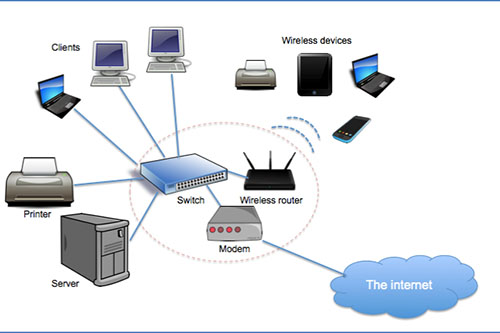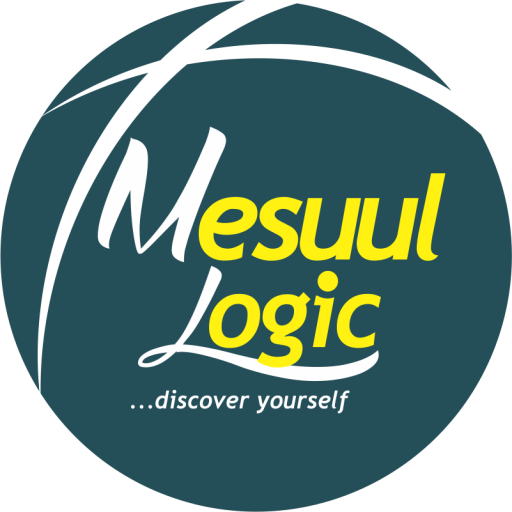Post Graduate Diploma
> Java Specialization
Course Contents:
RDBMS Essentials & T-SQL Programming
RDBMS
After completing this course, the students should be able to:
- Create an entity-relationship model.
- Map an entity-relationship diagram to tables.
Querying Data Using SQL Server
After completing this course, the students should be able to:
- Appreciate SQL Server as a database server.
- Identify the SQL Server tools.
- Retrieve data.
- Summarize and group data.
- Use functions to customize the result set.
- Query data by using joins.
- Query data by using subqueries.
- Manage result sets.
- Query data by using subqueries.
- Manage result sets.
- Manage tables.
- Manipulate data by using DML statements.
- Manipulate XML data.
- Create and manage indexes.
- Create and manage views.
- Implement a full-text search.
- Implement batches.
- Implement stored procedures.
- Implement functions.
- Implement functions.aImplement triggers.
- Implement transactions
- Monitor performance
- Optimizer performance
Programming In Java
After completing this course, the students should be able to:
- Get familiar with Java.
- Implement operators.
- Work with conditional and loop constructs.
- Work with arrays, enums, and strings.
- Implement inheritance and polymorphism.
- Handle errors.
- Design a user interface.
- Handle events.
- Implement inner classes and type casting.
- Work with regular expressions and localization.
- Work with generics.
- Work with collections.
- Work with threads.
- Work with streams.
- Work with NIO classes and interfaces.
- Get familiar with JDBC.
- Create applications using advanced features of JDBC.
HTML 5 Programming
After completing this course, the students should be able to:
- Create and format Web pages & Web sites.
- Create tables, forms, and other Web page components using HTML.
- Create a cascading style sheet.
- Write JavaScript programs.
- Transform and animate canvas elements.
- Add visual effects using jQuery
- Implement geolocation and offline support
Developing Web Applications Using Servlets & JSP
After completing this course, the students should be able to:
- Understand the Web and the Web application architecture.
- Understand Servlets.
- Implement the request dispatcher mechanism.
- Work with filters.
- Implement different types of session management techniques.
- Understand the JSP technology
- Use the JSTL tags and EL in Web applications
- Create and use the custom tags
Implementing JSF, Hibernate, and Spring in Java EE Applications
After completing this course, the students should be able to:
- Identify the benefits and features of the JSF framework.
- Create a JSF page.
- Access, convert, and validate user input.
- Handle events in a Web application.
- Work with styles and templates.
- Create and use composite components.
- Identify the benefits and features of the Hibernate framework.
- Map classes with the relational database tables.
- Retrieve data from the database tables by using different types of queries.
- Work with persistent objects.
- Use transactions to store and retrieve data from a database.
- Control concurrency issued in a database-centric application.
- Identify the benefits and features of the Spring framework.
- Manage application objects by using dependency injection.
- Use the Spring MVC module to create Web applications.
-
Implement aspect-oriented programming approach in a Web
application. -
Integrate the Spring framework with the JSF and Hibernate
frameworks. -
Manage transactions in a Web application developed using the
Spring framework.
Intro to Source Control – GIT, Github
After completing this course, the students should be able to:
- Understand the need for version control system.
- Implement various commands to create and manage git repository.
- Use GitHub to manage versions and collaborate with other users
Testing using Junit
After completing this course, the students should be able to:
- Understand and describe software testing principles.
- Explore JUnit Framework.
- Automate JUnit tests and create effective test cases
- Implement test-driven development (TDD)
- Perform code coverage analysis
- Work with different kinds of tests (logic, integration, functional, load)
- Implement coarse-grained testing with stubs
- Test mock objects
- Unit test servlets, filters, JSP, taglibs, and EJB
- Test data-driven applications
Responsive web design using HTML5 & JQuery
After completing this course, the students should be able to:
- Identify Web designing techniques
- Understand building blocks and the architecture of RWD
- Identify the development environment
- Create media queries and set viewport settings
- Add fluidity to a website
- Identify the different types of JavaScript libraries
- Implement jQuery events
- Implement AJAX functionality using jQuery
- Create websites using Twitter Bootstrap
- Use jQuery Mobile to create cross-platform Web applications
- Create Web workers
Dev Ops
After completing this course, the students should be able to:
- Implement DevOps culture and its practices
- Automating the development and testing tools in collaboration with team using version control
- Configure the portable and reproducible development environment
- Perform configuration management through automation tools
- Implement application monitoring and logging in DevOps
You May Like

DIPLOMA IN GRAPHICS DESIGN
- Introduction to Graphic Design
- Typography and Layout
- Digital Illustration
- Image Editing and Manipulation
- Branding and Logo Design
- Design Software Skills

CERTIFICATE IN ETHICAL HACKING
- Introduction to Ethical Hacking
- Networking Basics for Hackers
- Footprinting and Reconnaissance
- System Hacking
- Sniffing and Spoofing
- Web Application Hacking

CERTIFICATE IN NETWORKING
- Introduction to Networking
- Network Models
- IP Addressing and Subnetting
- Networking Devices
- Wireless Networking
- Assessment & Certification
